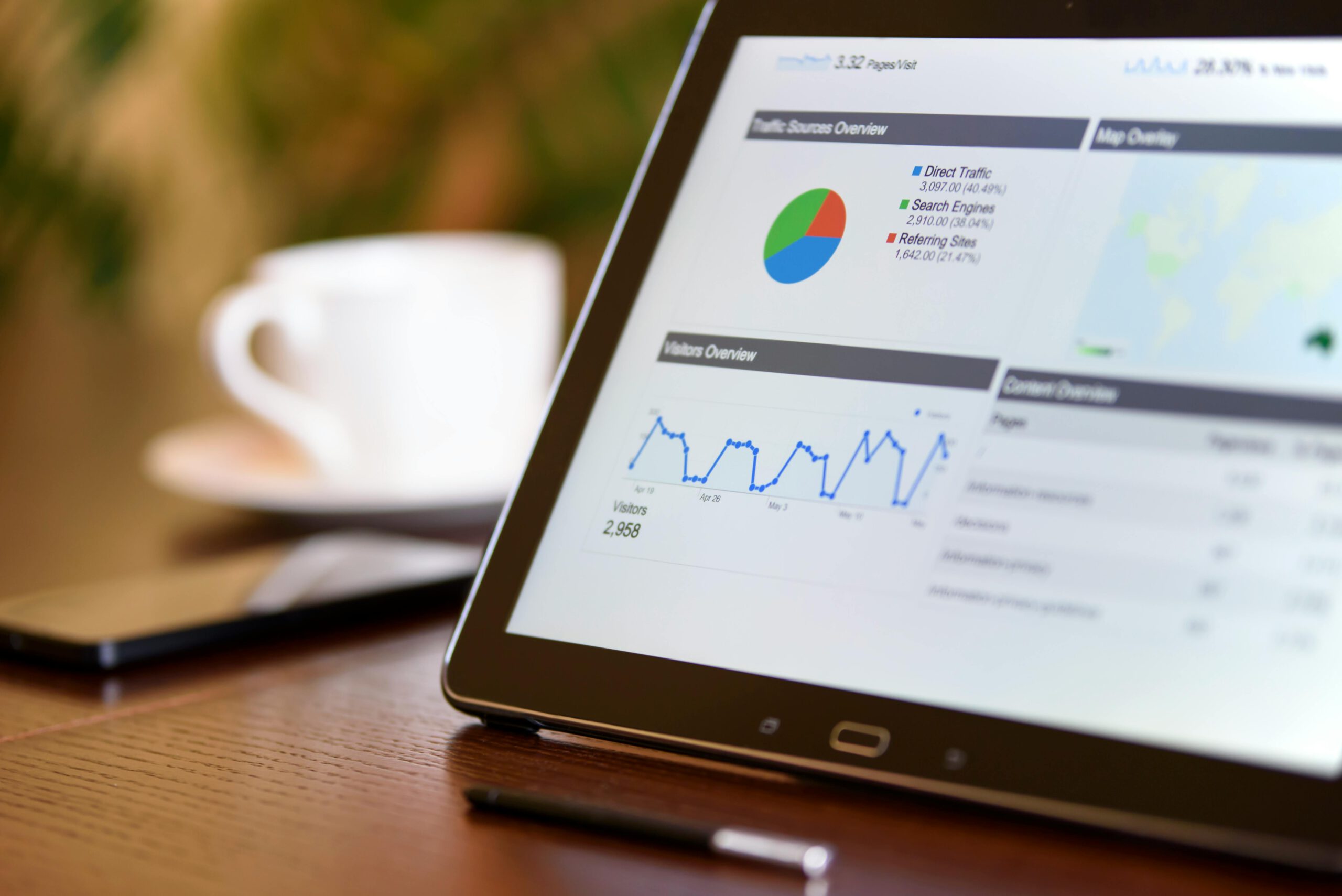Dashboards don’t just visualize numbers. They shape behavior.
In many sales organizations, dashboards are still seen as reporting tools – something the manager checks once a month or that gets presented in a slide deck. But in successful teams, dashboards become part of the weekly routine. They’re not the output of steering – they’re the input.
From Parallel Views to One Shared Reality
One of the clearest shifts we’ve seen in our projects is how sales teams start using dashboards during meetings.
Before: Everyone brought their own Excel sheet. Each with different filters, different pipeline snapshots, different assumptions. Discussions drifted, and no one really knew what to focus on.
After: One person opens the board and says:
“Let’s look at this together.”
The dynamic changes instantly.
Suddenly, the conversation sharpens:
- What’s stuck?
- Which deals are moving?
- Where are the risks?
It’s no longer about individual interpretations. It’s about shared facts and shared decisions.
Why This Shift Matters
Because sales teams rarely suffer from a lack of activity – they suffer from a lack of shared focus.
A well-structured dashboard helps answer questions like:
- Where are we stuck right now?
- What hasn’t moved in three months?
- Which customers are still waiting on us?
- Who’s at risk of missing their target – and why?
- And just as importantly: Where might the data still mislead us?
From Reporting to Steering
When dashboards are part of the weekly routine, they stop being “extra work” and become the central navigation tool.
Over time, this creates:
- Better prioritization in daily sales routines
- Faster recognition of risks and slowdowns
- Constructive pressure to improve data quality
- More aligned discussions between sales, management, and adjacent functions
But this only works when the underlying structure is clean:
Funnel stages must be clearly defined. KPIs must be meaningful. And data needs to reflect real customer behavior – not just internal milestones.
That’s why we’ve designed Aurora to connect funnel logic with actionable dashboards – making the board more than just a reporting surface. It becomes a shared steering tool.
If your dashboard feels like a report, not a steering tool – the issue is your funnel logic.
Aurora connects your sales process with real-time dashboards that drive action, not just observation. One structure, one conversation, one direction.


